
Belmont & Area
Self-Guided Tour #1 (Town)
Self-Guided Tour #2 (Rural)

1. The Railway

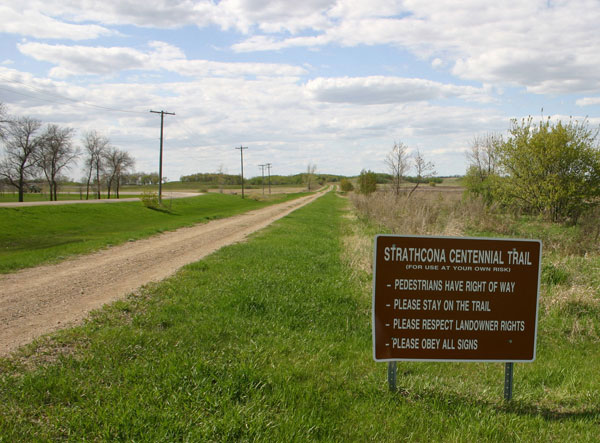
In 1889 the Northern Pacific and the Manitoba Railway began to build a branch line to serve the district from Morris to Brandon. A town site was chosen on a quarter section owned by Mr. John O. Bell. The land was purchased from Mr. Bell and in deference to this early pioneer, the town was named Bell's Mount.
Belmont was made a divisional point in 1899. A coal dock, water tank, depot with living quarters for the station agent, section house and roundhouse were all built that year. At that time there were approximately thirty-five railway men employed in Belmont.
An elevator, purchased by United Grain Growers from Canadian Consolidated Grain in 1959 was destroyed by fire on 18 April 1973. Rebuilt as a 109,000-bushel elevator and crib annex in 1974, it was closed permanently in January 1999 and demolished in October 2000.
The old rail bed, running east of George Street was once the home to the station, elevators, water tower and roundhouse. It is now the Strathcona Trail, running all the way to Ninette.
2. Schools

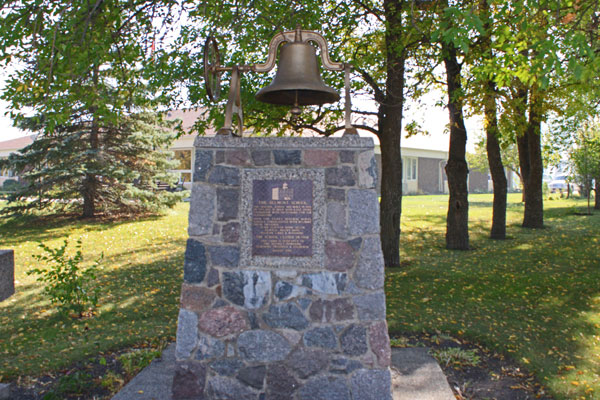
The first school district in the region, named Craigilea, was formed in 1886. The schoolhouse was moved onto the new town site of Belmont in 1890, and a four-roomed brick school was opened in 1904. A monument marks the site
3. Former Presbyterian / United Church

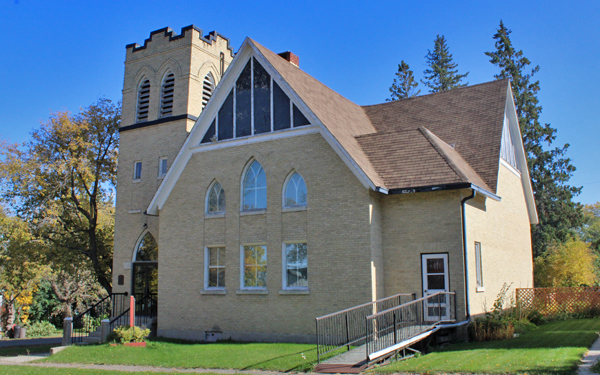
The Belmont United Church was built as a Presbyterian Church in 1901. Following Church Union in 1925 brick veneer was added. It closed in 1991 and is now privately owned.
4. Christ Church Anglican

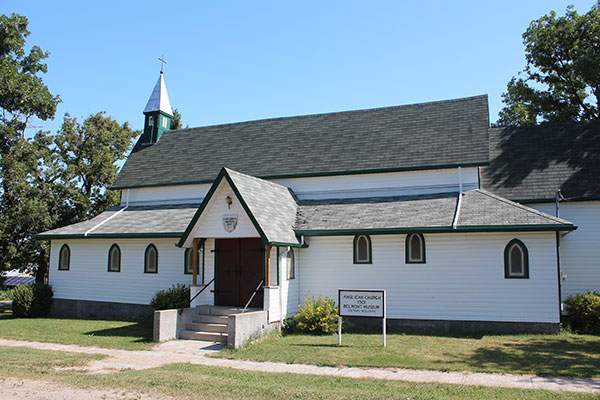
This Anglican Church was built in 1901. Inside is a stained glass window commemorating local veterans of the First World War. Now deconsecrated, the building is operated as part of the Belmont and District Museum.
5. The Belmont and District Historical Museum

The museum is operated by the Belmont and District Historical Society. The railway caboose across the street is a part of the museum collections, along with printing equipment from the former Belmont News, medical equipment from the late Dr. Stevenson, military uniforms, and other artifacts.
6. The Sports Grounds & Arena

The Belmont Recreation Centre was built in 1974 by volunteer labour.
The Belmont A Team
In the summer of 1951, the Belmont A team was first organized into Official League Baseball. That year the team succeeded in getting into the finals of the Central Manitoba playdowns.
7. The Former Belmont News Building


The first Belmont News arrived in 1903 and it was published until 1988. It was one of the last newspapers in Canada to publish using the traditional letter press and hot metal method. The local museum has an excellent display of the equipment they used.
8. The War Memorial

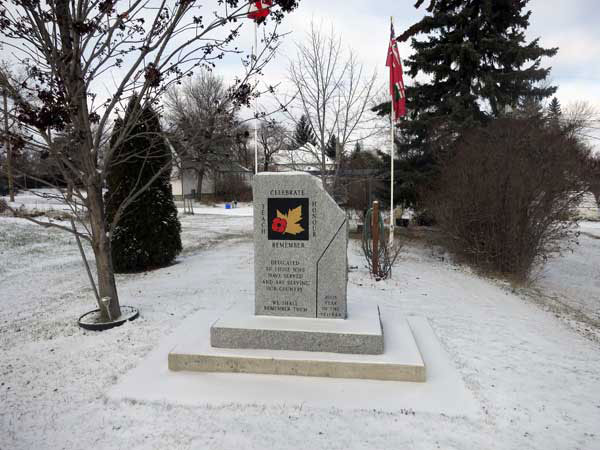
This monument was erected in 2005 to commemorate people from the local area who have served in military conflicts.
9. The Bank of Montreal Building

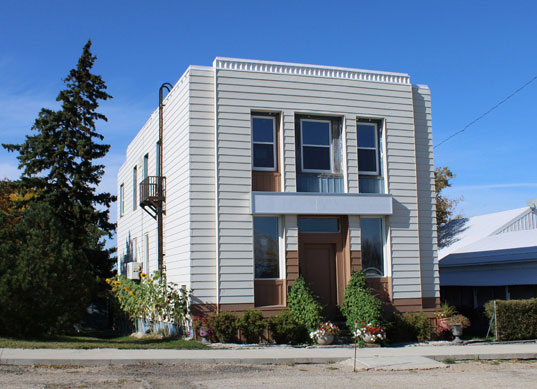
Belmont's first three bank buildings were destroyed by fire before this structure was built in 1941.
10. Main Street

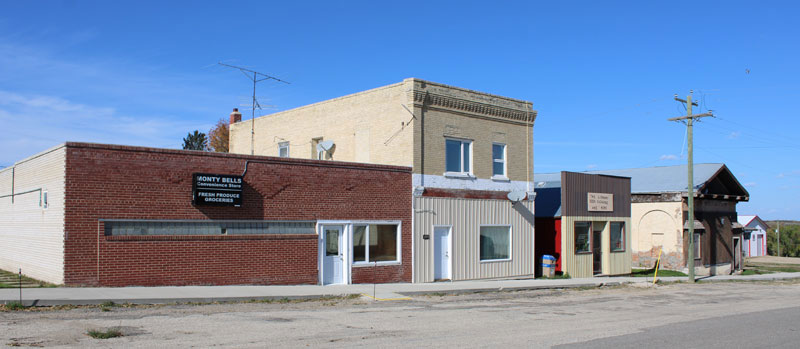
11. The Hotel

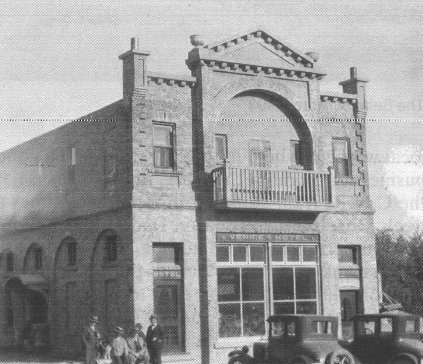
The Venice Hotel
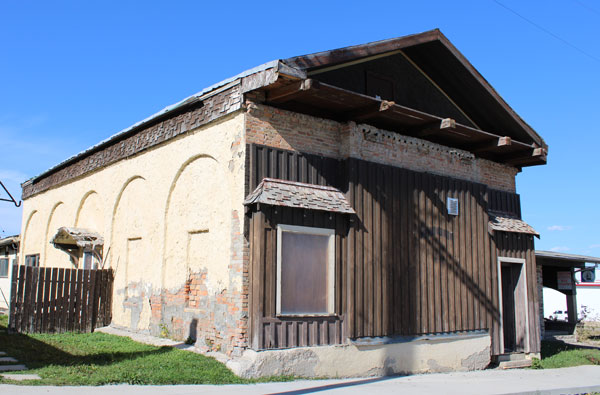
The “Trafalgar" on Third and George Streets was one of the best hotels in southern Manitoba, containing thirty-one rooms. This hotel had its own lighting plant, which also supplied power to the other businesses up the street.
In 1919 it was destroyed by fire, and replaced by "The Venice Hotel". In 1970 The Belmont Motor Hotel was built on the foundations of the Venice Hotel.
Self-Guided Tour #2
Belmont
Area Rural Sites
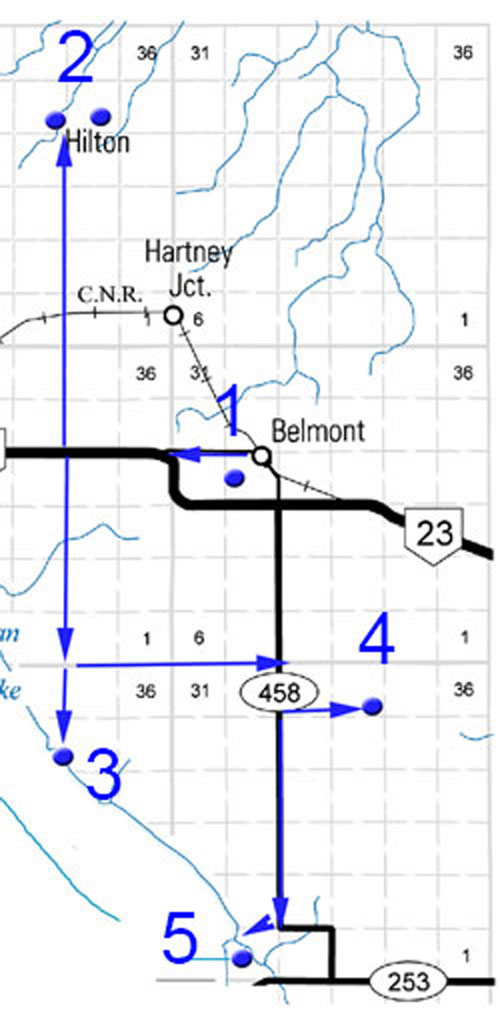
1. Hillside Cemetery
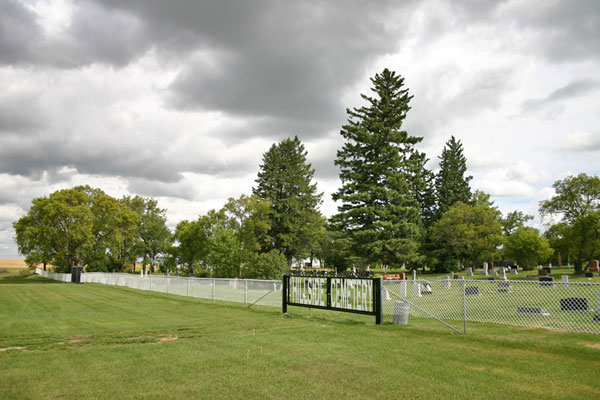
In 1893 Joseph Bell donated land for a community cemetery. In 1948 a newly formed Cemetery Committee organized a name contest. The winning entry, was “Hillside Cemetery.
N49.40644, W99.47173

This monument commemorates the final resting place for the many patients from the Ninette Sanatorium.
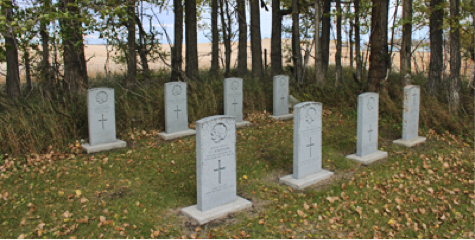
Note also the peaceful corner designated for the Military.
2. The Village of Hilton
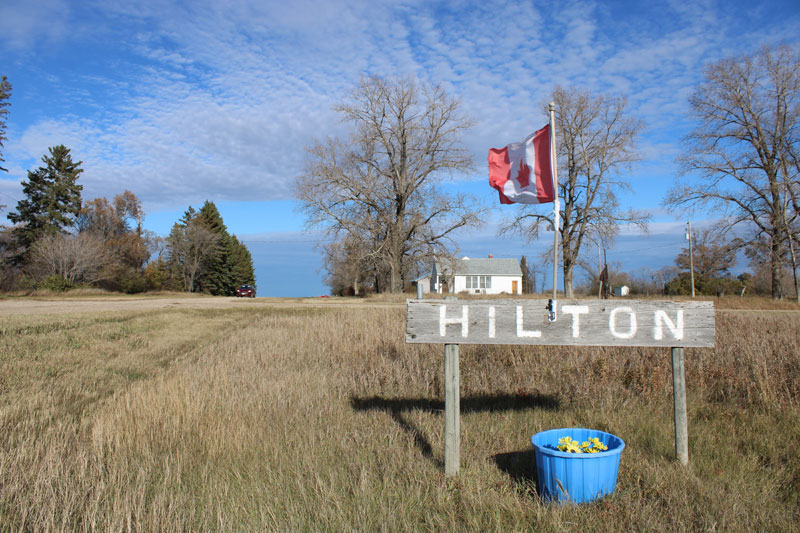
In 1889 the Northern Pacific and Manitoba Railway began constructing a line that began at Morris and ended in Brandon. Hilton was one of the many villages created along that line. By 1895 it had a population of 200 and a full range of rural village businesses.
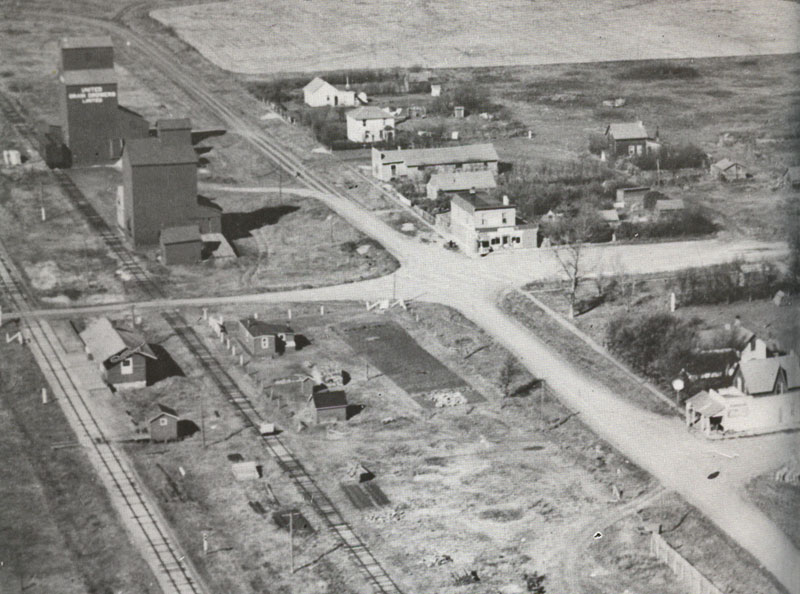
Note the small station - a lifeline to the rest of the world, and the two elevators – as vital economic presence.
As you stroll around the almost deserted village try to visualize the place as it once was.
Hilton United Church
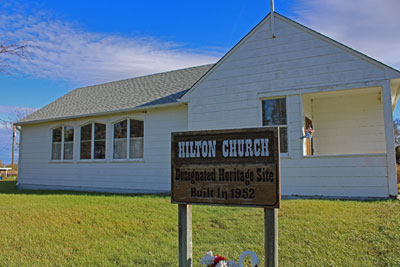
This United Church, built in 1952, is a Designated Municipal Heritage Site. It replaced and earlier Church that was destroyed by fire.
Hilton Cairns
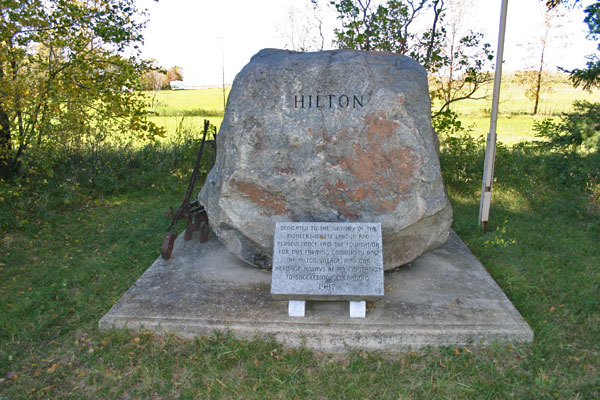
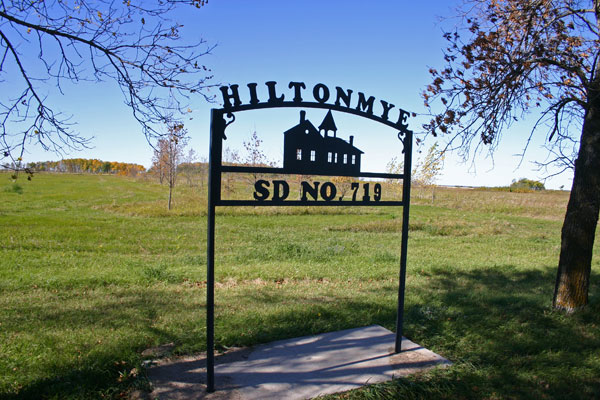
Monuments commemorating the Hiltonmye School and the Village were unveiled in 1987. The name Hilton was already taken by a school to the west that was opened before the village was created.
Hilton Cemetery
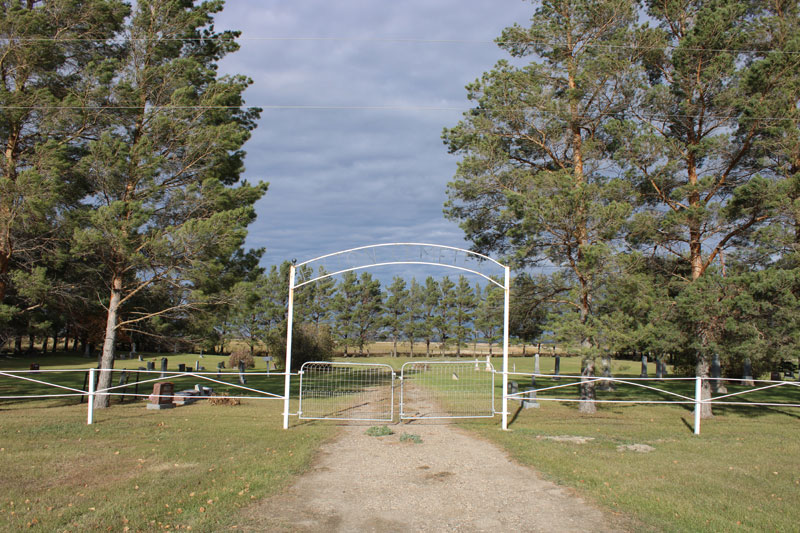
This cemetery is situated about a kilometre west of the village.
In 1894 land on was donated by John and James Scott for the Cemetery. The rows of Scotch Pines were plantd in 1982.
N49.502823 W 99.541185
3. Y-Point / Strathcona Park
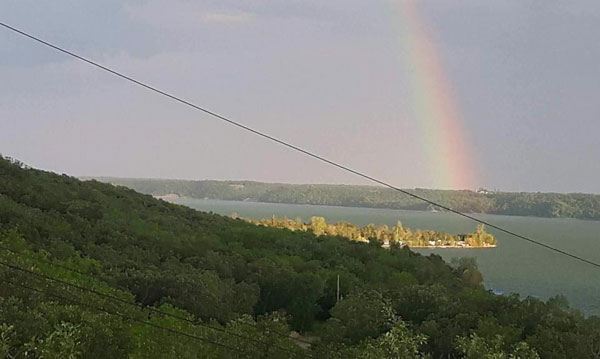
Strathcona Park, known locally as Y-Point has long been a popular cottage development.
N 49.331322 W 99.548542
4. Alma School
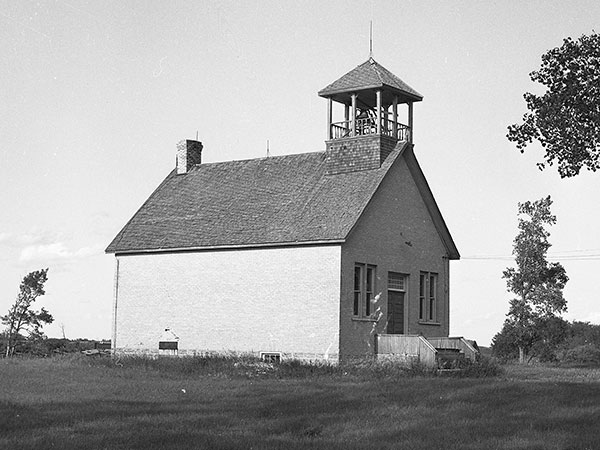
The School District of Alma, Number 668, was incorporated in 1889. The school, on land donated by Mr. Louis Cline Sr., was built with volunteer labor.
The first classes were held in 1890. The first teacher, Mr. Alex Tumoth, asked the students for suggestions for a name, and the name "Alma" was chosen.
In 1905, a new brick building, complete with bell tower, replaced the old school
Alma School was closed in 1960
N 49.34068, W 99.41567
5. Pleasant Valley
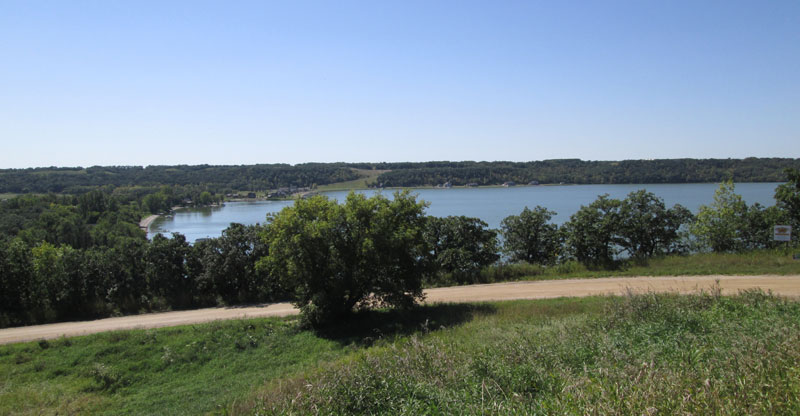
Pleasant Valley has been a popular spot for swimming, picnics, and camping since pioneer times. Today it is home to a fine Golf Course and modern cottage developments.
49.277845 W 99.469173
Tours in Ninette & Area
Tours in Dunrea & Area